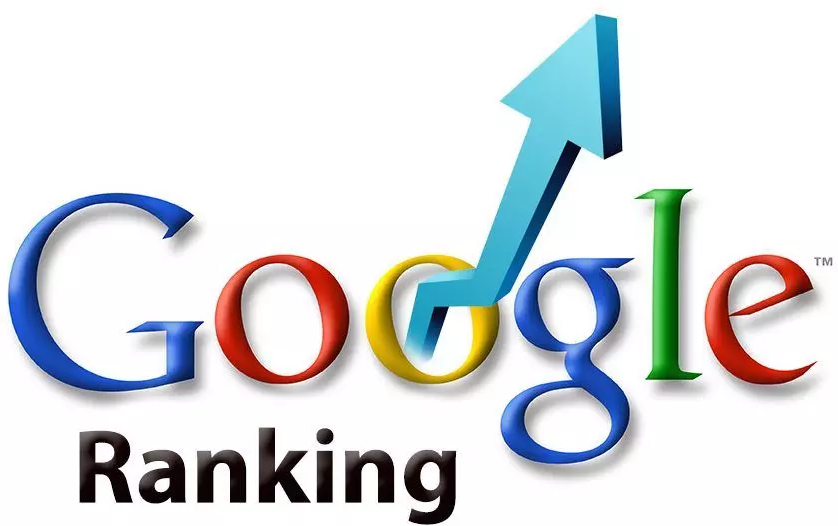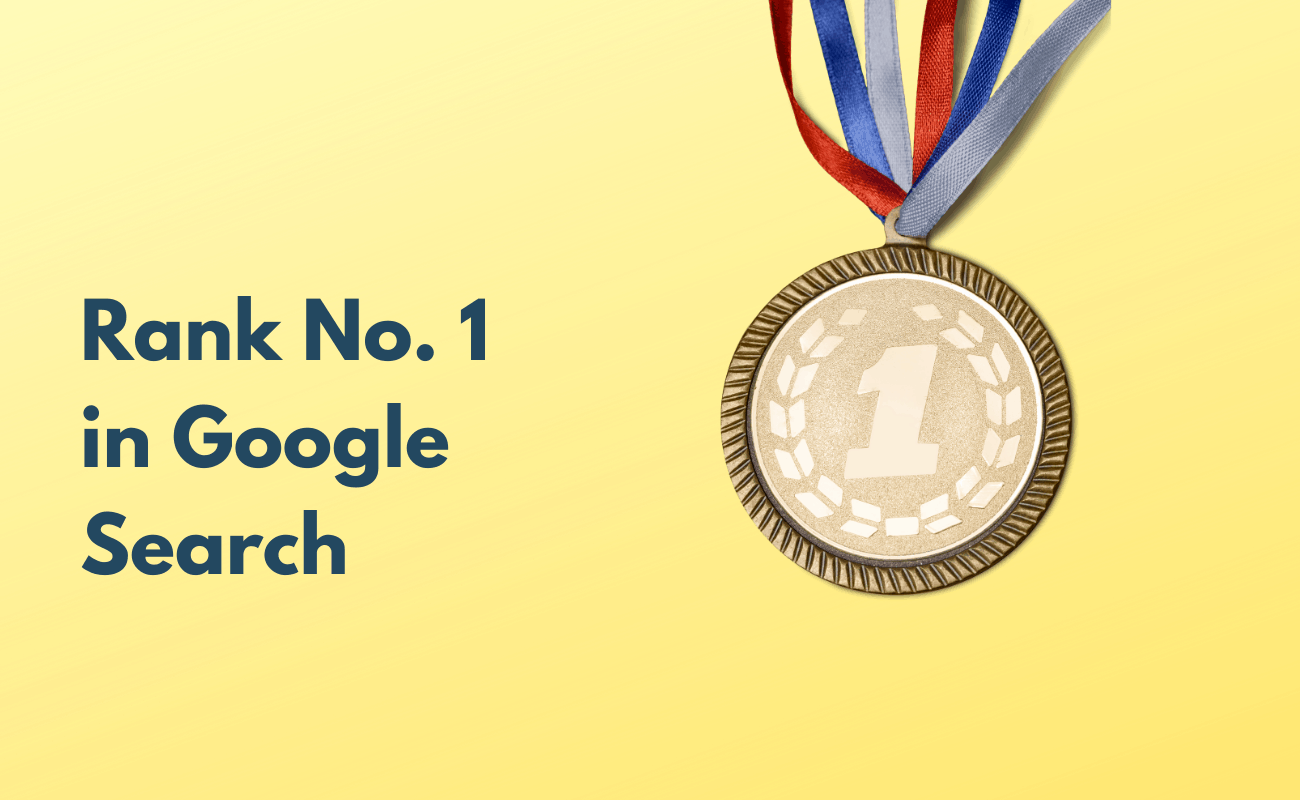Ranking a website’s Google page quickly involves a mix of strategic SEO practices, content optimization, and technical adjustments. Here’s a step-by-step guide to help you improve your chances of achieving faster rankings:
1. Keyword Research and Optimization
- Identify Relevant Keywords: Use tools like Google Keyword Planner, Ahrefs, or SEMrush to find keywords with high search volume and low competition relevant to your niche.
- Optimize On-Page Elements: Incorporate your target keywords into key on-page elements, including the title tag, meta descriptions, headers (H1, H2, etc.), and within the content itself.
2. Create High-Quality Content
- Value and Relevance: Produce content that provides genuine value to your audience and answers their questions or solves their problems.
- Fresh and Unique Content: Regularly update your website with fresh, unique content. Google favors regularly updated and new content.
3. Technical SEO Improvements
- Mobile-Friendliness: Ensure your website is mobile-friendly. Google prioritizes mobile-first indexing, so a responsive design is crucial.
- Page Speed: Improve your page load times. Use tools like Google PageSpeed Insights to identify and fix issues affecting site speed.
- Secure Website (HTTPS): Ensure your website uses HTTPS. Security is a ranking factor for Google.
4. Optimize for User Experience (UX)
- Easy Navigation: Make sure your site is easy to navigate. A clean, intuitive layout enhances user experience and can reduce bounce rates.
- Engaging Media: Use engaging images, videos, and infographics to make your content more appealing and shareable.
5. Build High-Quality Backlinks
- Earn Backlinks: Focus on acquiring high-quality backlinks from reputable and relevant sites. This can improve your site’s authority and help boost rankings.
- Guest Posting: Write guest posts for reputable sites in your industry to gain valuable backlinks and drive traffic to your site.
6. Leverage Local SEO (if applicable)
- Google My Business: Optimize your Google My Business profile if you have a local business. Ensure your information is accurate and complete.
- Local Keywords: Use local keywords relevant to your location and business in your content and meta tags.

7. Submit Your Site to Google
- XML Sitemap: Submit your XML sitemap to Google Search Console to help Google crawl and index your site more efficiently.
- Manual URL Submission: Use Google Search Console to manually submit URLs that you want to be indexed quickly.
8. Monitor and Adjust
- Track Performance: Use Google Analytics and Google Search Console to monitor your website’s performance and track changes in rankings.
- Adjust Strategies: Based on the data, adjust your SEO strategies as needed to improve performance.
9. Promote Your Content
- Social Media: Share your content on social media platforms to increase visibility and potentially earn backlinks.
- Email Marketing: Use email marketing to reach your audience and drive traffic to your site.
10. Engage with Your Audience
- Encourage Interaction: Engage with your audience through comments, forums, and social media. Increased engagement can positively impact your rankings.

By implementing these strategies, you can improve your website’s chances of ranking quickly on Google. Remember, while some improvements can yield fast results, SEO is often a long-term investment, and consistent effort over time will yield the best results.



